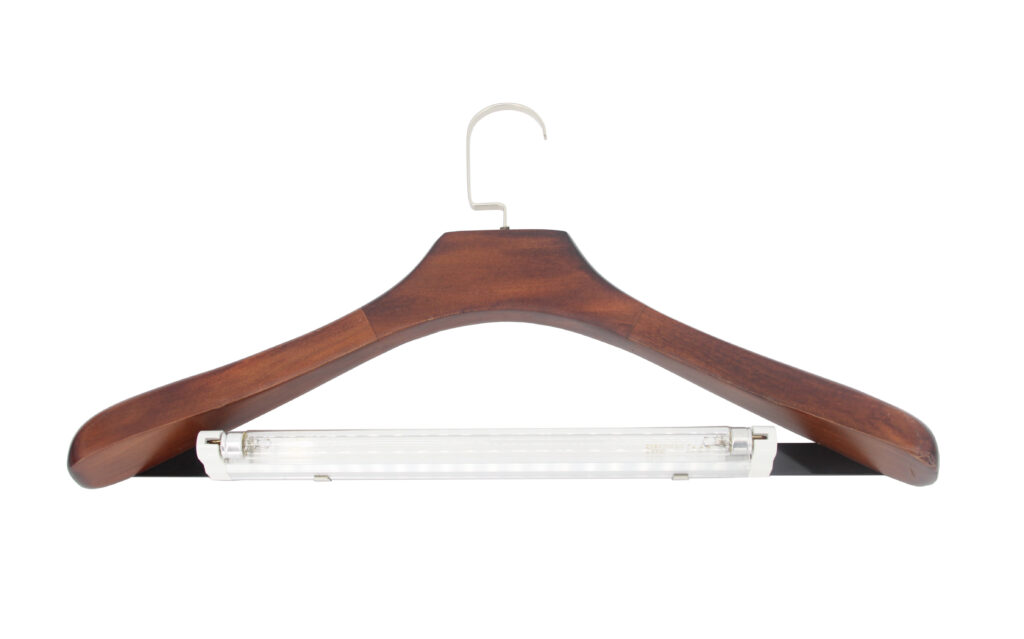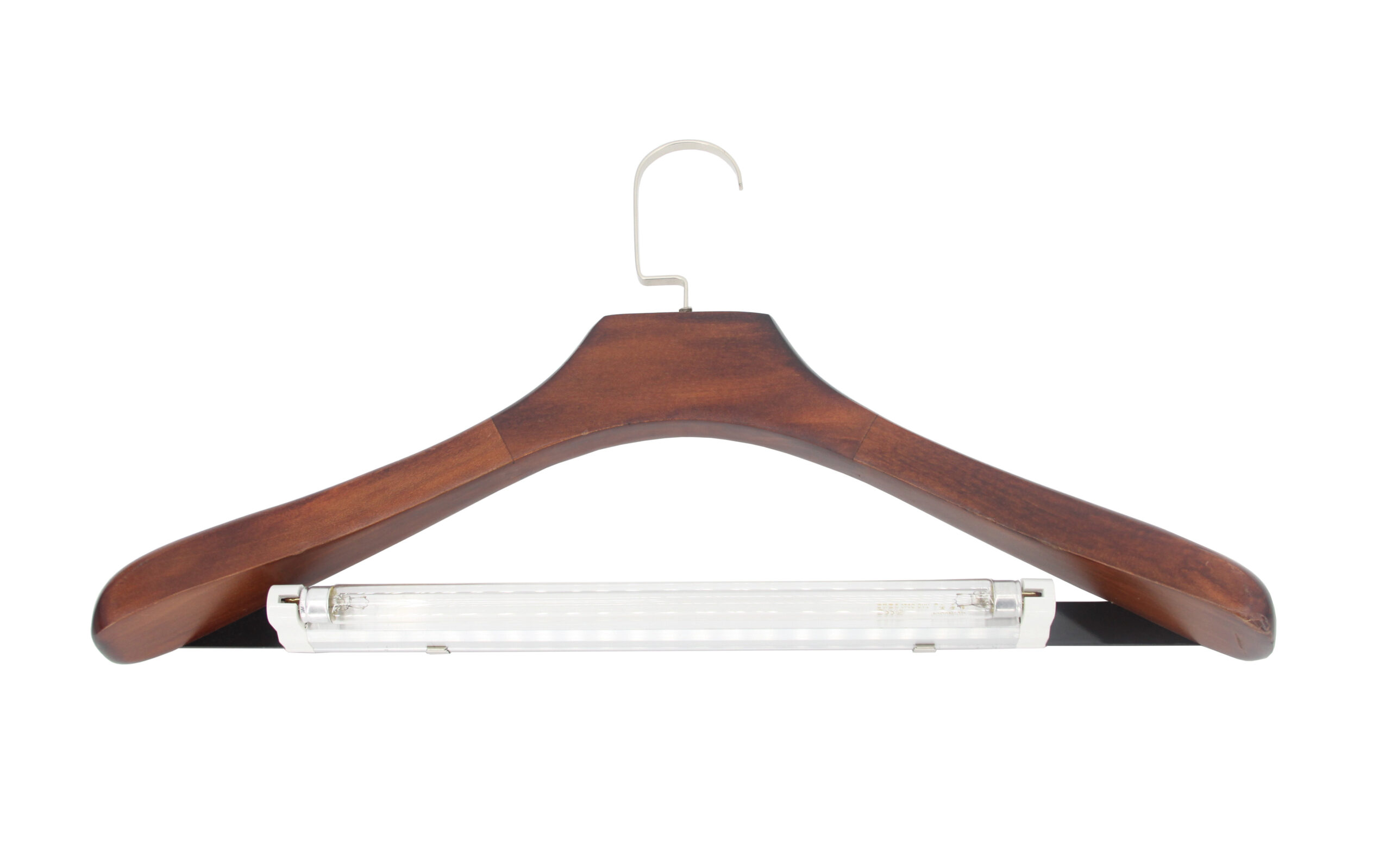
Quick and Easy Wood Disinfection for Busy People: A Practical Guide
In today’s fast-paced world, maintaining a clean and healthy home environment can feel like a constant battle. For busy individuals, the challenge is amplified. Time is precious, and the need for effective solutions that don’t consume hours is paramount. This guide focuses on quick and easy wood disinfection for busy people, providing practical, actionable steps to protect your home and loved ones. Wood surfaces, while aesthetically pleasing, are porous and can harbor bacteria, viruses, and fungi. This article will equip you with the knowledge and methods to swiftly and efficiently disinfect your wooden furniture, floors, and other surfaces, ensuring a safer living space without sacrificing your valuable time.
Understanding the Importance of Wood Disinfection
Wood, a versatile and commonly used material in homes, presents unique challenges when it comes to cleaning and disinfection. Unlike non-porous surfaces like glass or metal, wood’s porous nature allows microorganisms to penetrate, making them harder to eradicate. Regular cleaning is essential, but disinfection takes it a step further by eliminating harmful pathogens. This is particularly crucial in areas with high traffic or potential exposure to germs, such as kitchens, bathrooms, and areas where children or pets frequent. Failing to properly disinfect wood can lead to the spread of illnesses and the deterioration of the wood itself.
Identifying Wood Surfaces Requiring Disinfection
Before diving into the methods, it’s crucial to identify the wooden surfaces in your home that require regular disinfection. Consider the following:
- Kitchen Surfaces: Cutting boards, countertops, tables, and cabinets are prime candidates for frequent disinfection due to their exposure to food and potential contamination.
- Bathroom Surfaces: Wooden vanities, shelving, and trim can harbor mold and mildew due to the high humidity.
- Furniture: Tables, chairs, dressers, and other frequently touched furniture should be disinfected regularly.
- Flooring: Wooden floors, especially in high-traffic areas, require periodic disinfection to eliminate germs tracked in from outside.
- Children’s Toys & Play Areas: Wooden toys and play structures should be disinfected frequently to prevent the spread of illnesses among children.
By systematically assessing your home, you can create a targeted disinfection plan that addresses the areas most susceptible to contamination. Quick and easy wood disinfection for busy people starts with a clear understanding of where to focus your efforts.
Effective Disinfection Methods for Wood
The key to quick and easy wood disinfection for busy people lies in selecting the right methods and products. Here are some effective approaches:
Option One: The Vinegar Solution
Vinegar, a natural disinfectant, is a safe and effective option for many wooden surfaces. It’s also inexpensive and readily available. To use vinegar for disinfection:
- Preparation: Mix equal parts white vinegar and water in a spray bottle. Avoid using apple cider vinegar, as it can stain wood.
- Application: Lightly spray the solution onto the wooden surface. Avoid oversaturating the wood, as excess moisture can cause damage.
- Wipe and Dry: Wipe the surface with a clean, damp cloth. Immediately dry the surface with a separate, clean cloth.
Vinegar is particularly effective for general cleaning and light disinfection. It’s a great starting point for quick and easy wood disinfection for busy people who prefer natural cleaning solutions.
Option Two: The Hydrogen Peroxide Method
Hydrogen peroxide is another effective disinfectant that is generally safe for use on wood. It’s readily available and works well against a variety of pathogens. To use hydrogen peroxide:
- Preparation: Use a 3% hydrogen peroxide solution, which is the concentration typically found in drugstores. Pour the hydrogen peroxide into a spray bottle.
- Application: Spray the hydrogen peroxide directly onto the wooden surface, ensuring even coverage. Allow it to sit for 5-10 minutes.
- Wipe and Dry: Wipe the surface with a clean, damp cloth. Dry the surface thoroughly with a separate cloth.
Always test hydrogen peroxide on an inconspicuous area of the wood first to ensure it doesn’t cause discoloration. This method is a fantastic choice for quick and easy wood disinfection for busy people seeking a more powerful disinfectant.
Option Three: The Alcohol Solution
Isopropyl alcohol (rubbing alcohol) is a powerful disinfectant that can be used on wood, but with some precautions. It evaporates quickly, making it a good choice for surfaces that need to dry fast. To use alcohol:
- Preparation: Dilute isopropyl alcohol with water. A concentration of 70% alcohol is generally effective. Mix one part alcohol with one part water in a spray bottle.
- Application: Lightly spray the solution onto the wooden surface. Avoid over-wetting the wood.
- Wipe and Dry: Wipe the surface with a clean, damp cloth. Allow the surface to air dry completely.
Be cautious when using alcohol on finished wood, as it can sometimes strip away the finish. Always test in an inconspicuous area first. For quick and easy wood disinfection for busy people, alcohol offers a fast-acting solution.
Important Considerations and Safety Precautions
While the methods above are generally safe, it’s crucial to take certain precautions to protect both yourself and your wood surfaces:
- Test in an Inconspicuous Area: Before applying any disinfectant to a large area, always test it on a hidden part of the wood to ensure it doesn’t cause discoloration or damage.
- Avoid Harsh Chemicals: Harsh chemicals like bleach can damage wood and are often unnecessary for routine disinfection. Stick to the recommended solutions.
- Ventilate the Area: When using any disinfectant, ensure the area is well-ventilated to minimize exposure to fumes.
- Wear Gloves: Protect your hands by wearing gloves when handling disinfectants.
- Follow Product Instructions: If using commercial disinfectants, always follow the manufacturer’s instructions carefully.
- Dry Thoroughly: Moisture is the enemy of wood. Always dry the surface thoroughly after disinfection to prevent damage and mold growth.
By adhering to these safety measures, you can safely and effectively implement quick and easy wood disinfection for busy people strategies.
Creating a Wood Disinfection Routine
Consistency is key to maintaining a healthy home environment. Establishing a regular wood disinfection routine is essential. Here’s a suggested schedule:
- Daily: Wipe down high-touch surfaces like kitchen counters and tables with a damp cloth.
- Weekly: Disinfect kitchen surfaces, bathroom vanities, and frequently used furniture using your preferred method.
- Monthly: Disinfect wooden floors and other less frequently touched areas.
- As Needed: Disinfect any surface that has come into contact with bodily fluids, spills, or potential contaminants immediately.
Adapt this schedule to fit your lifestyle and the specific needs of your home. Remember, quick and easy wood disinfection for busy people is about creating a sustainable, manageable routine.
Choosing the Right Products for Your Needs
The best products for quick and easy wood disinfection for busy people depend on your personal preferences and the specific needs of your home. Consider the following:
- Natural Cleaners: Vinegar and hydrogen peroxide are excellent choices for those who prefer natural cleaning solutions. They are generally safe and effective.
- Commercial Disinfectants: If you prefer a more potent disinfectant, look for commercial products specifically designed for wood. Always read and follow the manufacturer’s instructions.
- Wood-Specific Cleaners: Some products are formulated specifically for cleaning and disinfecting wood. These often contain conditioning agents to help protect the wood’s finish.
- Avoid Abrasive Cleaners: Avoid using abrasive cleaners or scrub brushes, as these can scratch the wood surface.
Selecting the right products will streamline the process and make quick and easy wood disinfection for busy people a breeze.
Addressing Specific Wood Types and Finishes
Different types of wood and finishes may require slightly different approaches. Consider these guidelines:
- Finished Wood: Finished wood is generally more resistant to moisture. However, always test any disinfectant in an inconspicuous area first, as some chemicals can damage the finish.
- Unfinished Wood: Unfinished wood is more porous and susceptible to damage from moisture. Use disinfectants sparingly and always dry the surface thoroughly.
- Hardwood Floors: Use a wood-specific cleaner or a diluted solution of vinegar or hydrogen peroxide. Avoid excessive moisture, which can warp the wood.
- Wooden Furniture: Follow the manufacturer’s instructions for your furniture. For general cleaning and disinfection, the methods outlined above are usually effective.
Understanding the specific needs of your wood surfaces will help you tailor your quick and easy wood disinfection for busy people strategy for optimal results.
The Benefits of a Disinfected Home
Regular wood disinfection offers a multitude of benefits, including:
- Reduced Spread of Illness: Eliminating pathogens helps prevent the spread of colds, flu, and other illnesses.
- Improved Indoor Air Quality: Disinfecting wood can help remove mold spores and other allergens, improving the air quality in your home.
- Extended Lifespan of Wood: Proper cleaning and disinfection can help protect your wooden surfaces from damage and extend their lifespan.
- Peace of Mind: Knowing that your home is clean and disinfected provides peace of mind and a healthier living environment.
Embracing quick and easy wood disinfection for busy people is an investment in your health and well-being.
Troubleshooting Common Issues
Even with the best intentions, you may encounter some challenges. Here’s how to troubleshoot common issues:
- Discoloration: If a disinfectant discolors the wood, stop using it immediately. Try a different product or dilute the solution.
- Water Stains: If water stains appear, gently blot the area with a clean, dry cloth. You may need to lightly sand and refinish the area in severe cases.
- Mold or Mildew: If you find mold or mildew, clean the area thoroughly with a mold-killing cleaner, then disinfect the surface.
- Sticky Residue: If a disinfectant leaves a sticky residue, wipe the surface with a clean, damp cloth and dry it thoroughly.
Addressing these common issues promptly will ensure your quick and easy wood disinfection for busy people efforts are successful.
Conclusion: Maintaining a Healthy Home with Efficiency
In conclusion, quick and easy wood disinfection for busy people is entirely achievable with the right knowledge, methods, and a consistent routine. By understanding the importance of disinfection, identifying key areas, and selecting the appropriate products, you can create a healthier and safer living environment. Remember to prioritize safety, always test products in inconspicuous areas, and adapt your routine to fit your lifestyle. With a little effort, you can enjoy the benefits of a clean and disinfected home without sacrificing your valuable time. The key is to find methods that are both effective and efficient, allowing you to maintain a healthy living space even with a busy schedule. Implementing these strategies will help you achieve quick and easy wood disinfection for busy people, leading to a cleaner, healthier home and peace of mind.
[See also: The Ultimate Guide to Cleaning Your Home Quickly, Tips for Maintaining a Clean Kitchen, How to Protect Your Wooden Furniture]


